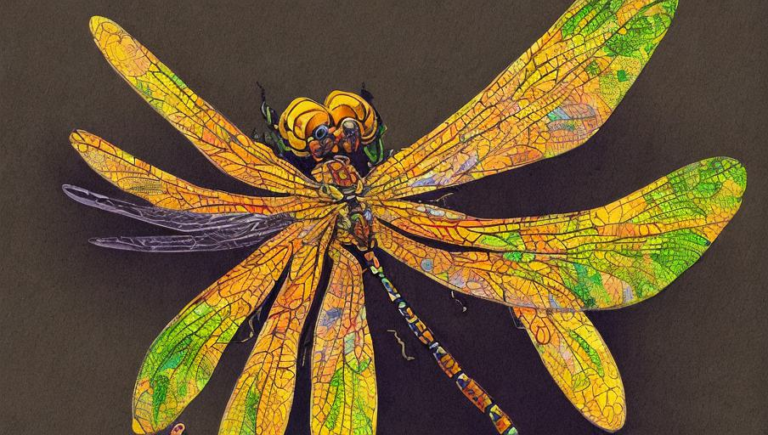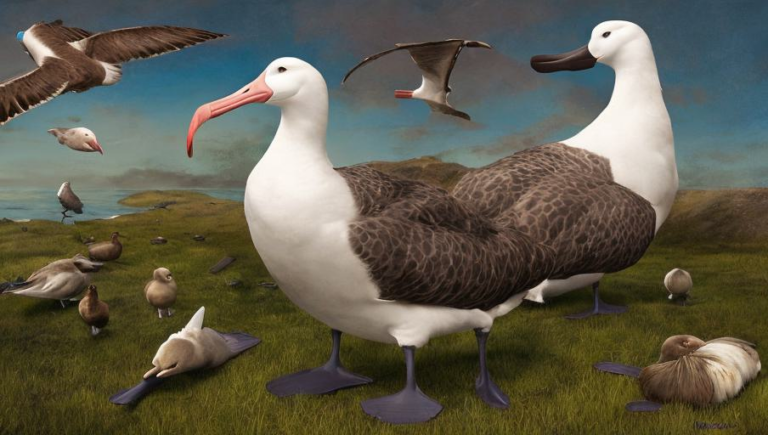Keenly Watching: How Researchers Track Albatross Migration

Keenly Watching: How Researchers Track Albatross Migration
Albatross are a family of large seabirds known for their majestic wingspan and impressive migratory journeys. Every year, these birds travel vast distances across the globe, often covering thousands of miles in a single journey. But how do researchers track the movements of these magnificent creatures?
Satellite Tracking
One of the most common methods used to monitor albatross migration is satellite tracking. This involves attaching a small tracking device to the bird’s back, which then sends regular transmissions to a satellite. By tracking the transmissions, researchers can determine the bird’s location and movements. This data is then used to help researchers understand the pathways and stopover sites used by the birds during their migration.
Radio Telemetry
Radio telemetry is another popular technique used to track albatross migration. This involves attaching a small radio tag to the bird’s leg, which emits a signal that can be tracked by researchers. By tracking the signal, researchers can determine the bird’s location and movements. This data is then used to help researchers understand the pathways and stopover sites used by the birds during their migration.
Observations
Observations are another way researchers track albatross migration. By watching the birds in their natural habitat, researchers can gain valuable insight into their behavior and movements. This data is then used to help researchers understand the pathways and stopover sites used by the birds during their migration.
The Impact
By tracking the movements of albatross, researchers can gain valuable insight into the migratory habits of these birds. This data is then used to help conservationists develop strategies for protecting them and their habitats. It can also help researchers identify areas where the birds are at risk of being disturbed or harmed, such as from fishing vessels or pollution.
Conclusion
Albatross are remarkable creatures, and their migratory habits are fascinating to study. Through the use of satellite tracking, radio telemetry, and observations, researchers can gain invaluable insight into their movements and behaviors. This data is then used to help conservationists protect these majestic birds and their habitats.





